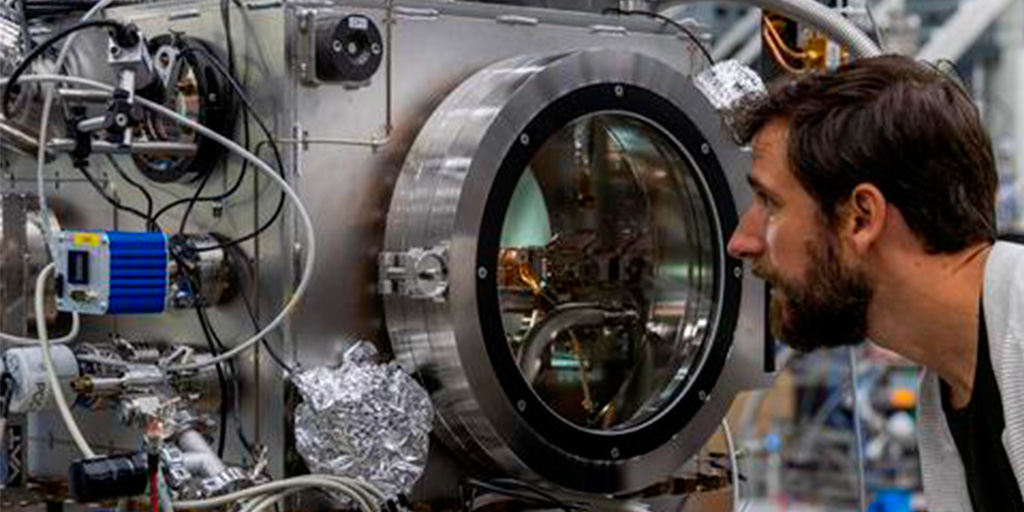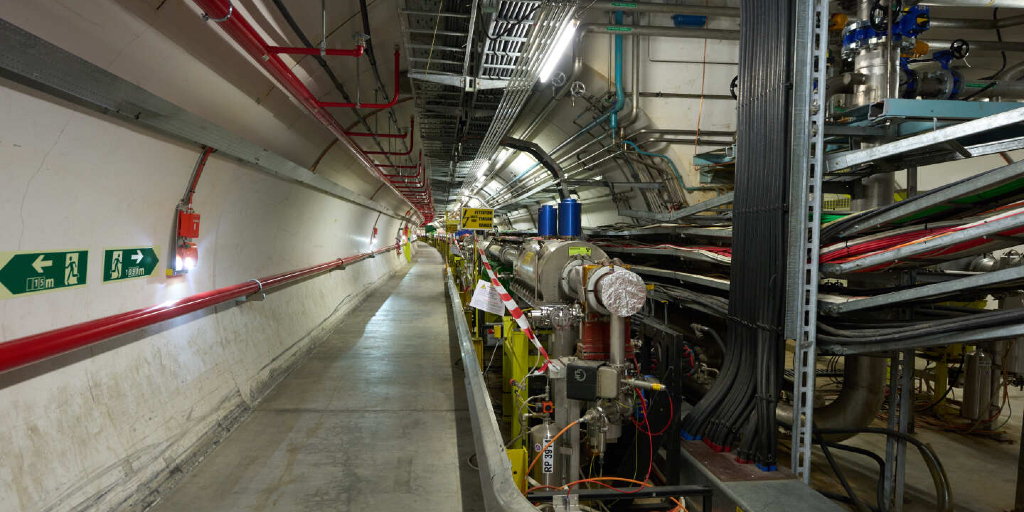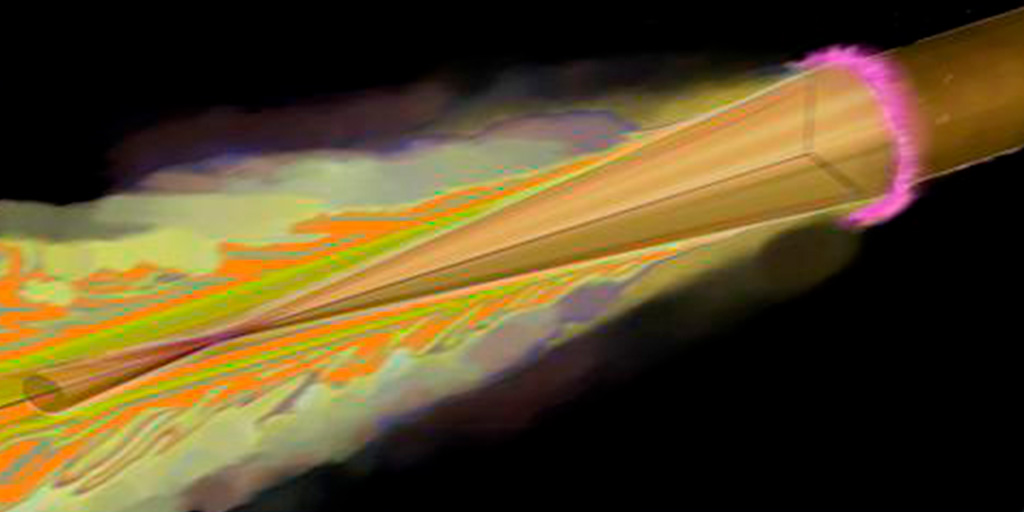Exploring the extreme conditions reached in the interior of planets, including Earth, or during a fusion reaction, is a major challenge. By focusing the extremely powerful X-ray laser of European XFEL on a copper foil, researchers have created and investigated a state of matter very far from equilibrium coined warm dense matter (WDM), that resembles such exotic environments. Their findings make remarkable strides in understanding and characterizing this elusive state of matter, which is crucial for advancing inertial confinement fusion, a process that holds promise for clean and abundant energy.
Heat can drastically change the state of matter: depending on the temperature, substances are solid, liquid or gaseous. In a certain temperature range, matter also assumes a state known as warm dense matter (WDM): it is too hot to be described by the physics of condensed matter, but at the same time too dense for the physics of weakly coupled plasmas. The boundary between warm dense matter and other states of matter is not precisely defined. Often a temperature range of 5,000 Kelvin to 100,000 Kelvin is specified at pressures of several hundred thousand bar, whereby one bar corresponds to the air pressure on Earth surface. WDM is not stable in our daily environment and is very difficult to produce or even examine in the laboratory. Typically, scientists compress samples in diamond anvil cells to reach high pressures or use powerful optical lasers to turn solids into WDM for a tiny fraction of a second.
The intense X-ray pulses of European XFEL have now proved to be a very useful tool for generating and analysing warm dense matter. The researchers used copper as a sample material. “The high intensity of the pulses can excite the electrons in the copper foil to such an extent that it switches to the state of warm dense matter,” explains Laurent Mercadier, a scientist at the SCS instrument who led the experiment: “This can be seen in a change in its light transmission.”

About European XFEL
The European XFEL is a 3.4 km long research facility extending from Hamburg to the neighbouring town of Schenefeld in the German Federal State of Schleswig-Holstein. With its repetition rate of 27,000 pulses per second and a peak brilliance a billion times higher than that of the best synchrotron X-ray radiation sources, the European XFEL enables the investigation of scientific problems in a variety of disciplines, including among many others: Structural Biology, Chemistry, Planetary Science, the study of matter under extreme conditions.
Exploring the extreme conditions reached in the interior of planets, including Earth, or during a fusion reaction, is a major challenge. By focusing the extremely powerful X-ray laser of European XFEL on a copper foil, researchers have created and investigated a state of matter very far from equilibrium coined warm dense matter (WDM), that resembles […]



